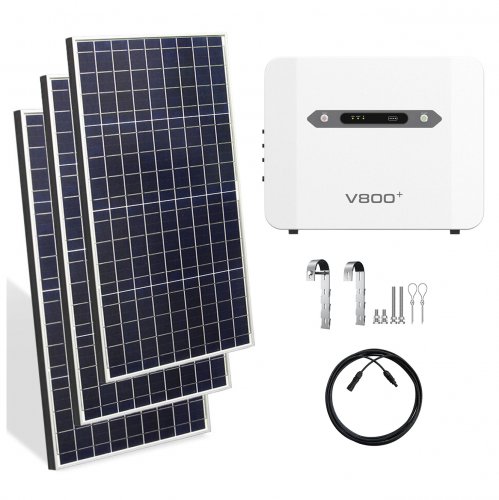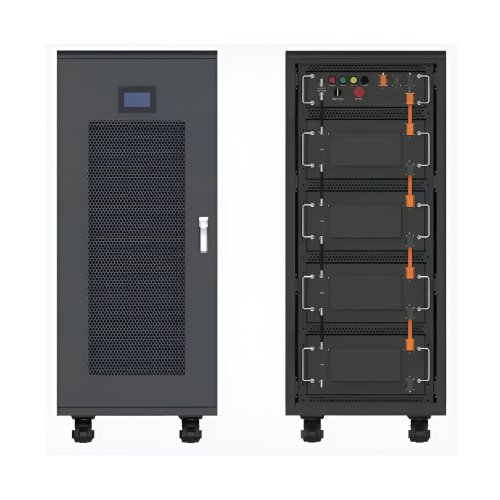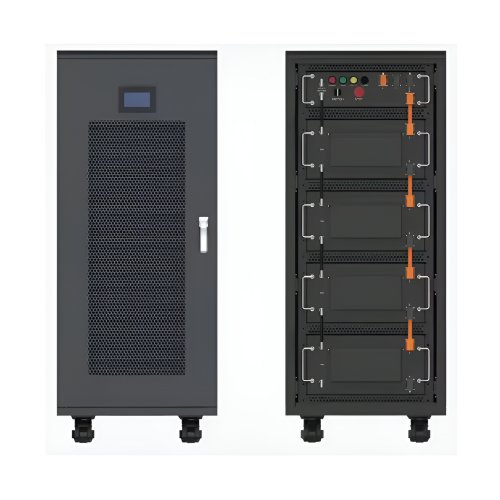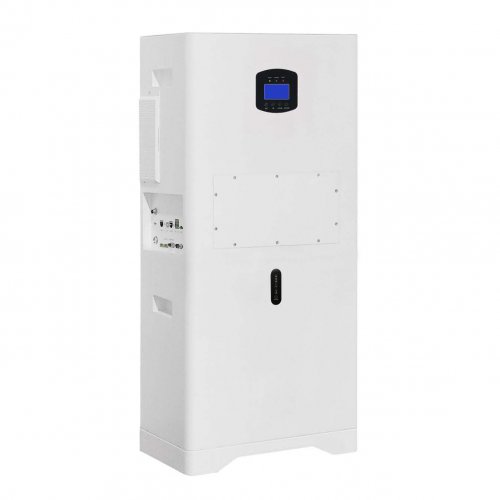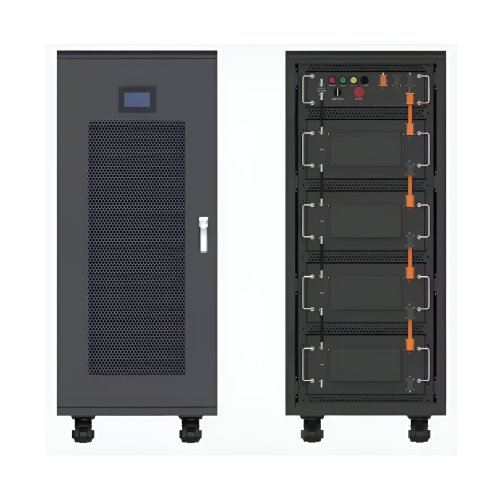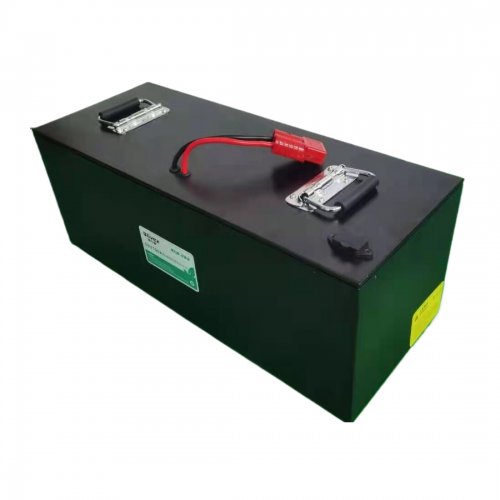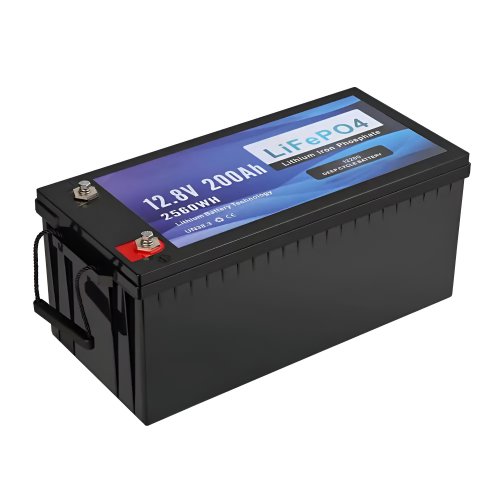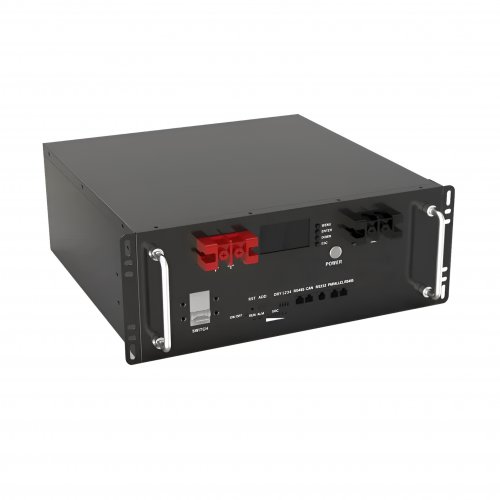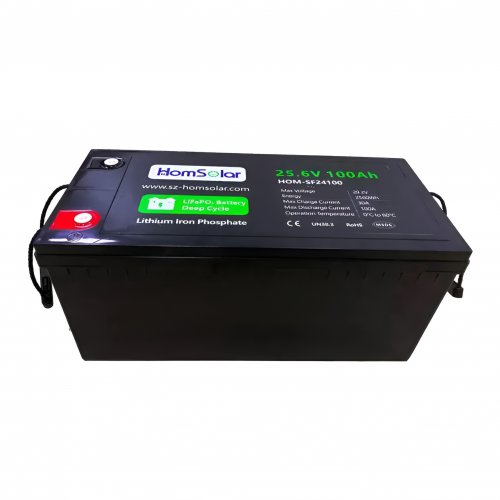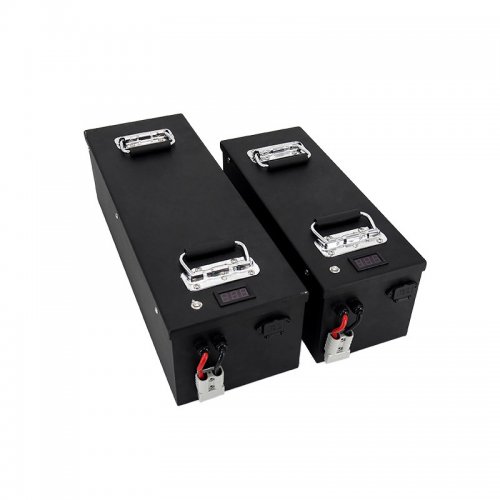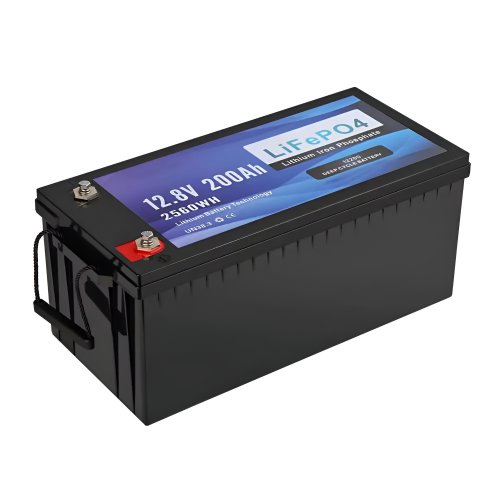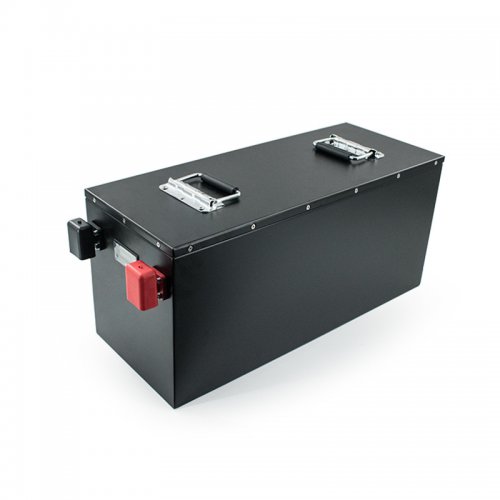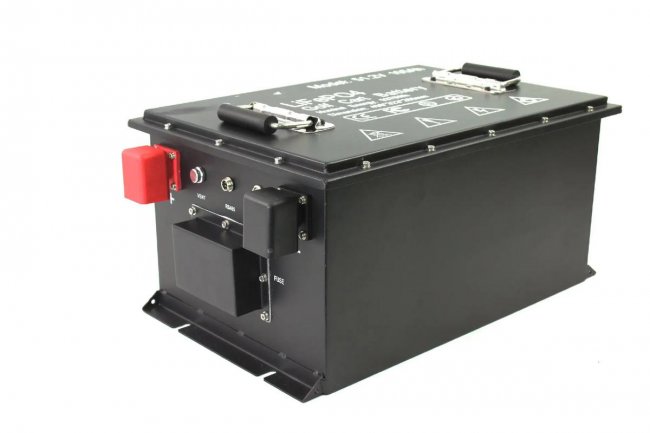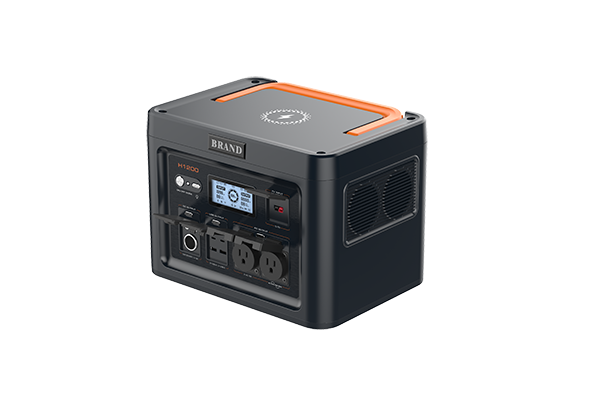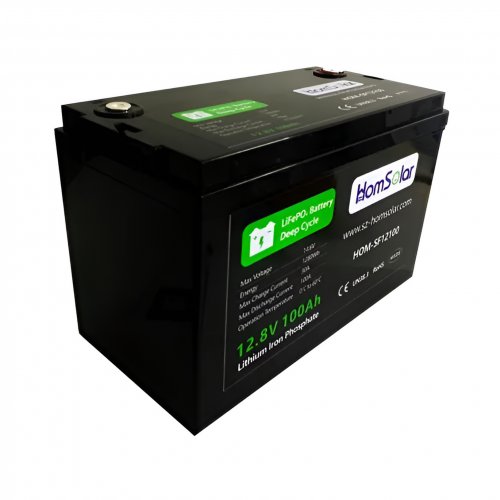Study shows sensitivity of heterojunction solar cells to soldering flux
Researchers from the University of New South Wales (UNSW) and Chinese-Canadian PV module maker Canadian Solar have investigated the effect of soldering flux on both TOPCon and heterojunction (HJT) solar cells and have ascertained that the choice of this component is key to avoiding potential module failures.
“Our study directly addresses a critical issue: the sensitivity of HJT solar cells to soldering flux-induced degradation, particularly in metallization and the ITO layer,” the research's lead author, Bram Hoex, told pv magazine. “We identified that pre-existing pores in the silver metallization allow flux penetration, triggering chemical reactions that degrade contact integrity.”
Hoex also explained that, by conducting cell-level experiments instead of module-level testing, the research team could accelerate the failure analysis process by up to two orders of magnitude, enabling rapid identification of degradation mechanisms. “This approach provides faster insights into material compatibility and reliability, significantly enhancing the efficiency of research and industrial evaluation of soldering fluxes for HJT cells,” he added.
The scientists analyzed the effect of soldering flux on half-cut bifacial n-type silicon HJT cells measuring 182 mm × 91 mm and bifacial n-type TOPCon solar cells with a size of 156 mm × 156 mm, with both cell types being sourced from commercial production lines and being processed with two types of commercial soldering flux dubbed Flux A and Flux B.
“Flux A is a halide-free soldering flux, meaning it does not contain halogen-derived ions, whereas Flux B is a halogen-free soldering flux, which excludes elements from the halogen group,” the scientists explained. “Both fluxes were heated up to 120 C to ensure complete evaporation of the alcohol.”
They divided the analyzed cells into three groups: A control group with two TOPCon cells and two HJT cells that were not exposed to any soldering flux; the Flux A group including two TOPCon cells and two HJT cells that were treated with Flux A on both surfaces; and the Flux B group comprising two TOPCon cells and two HJT cells that were treated with Flux B on both surfaces.
The analysis showed that the TOPCon cells remained stable under dry heat testing at 85 C with no degradation, while the HJT cells showed severe degradation, with power losses of around 61% rel with Flux A and about 55% rel with Flux B after 50 hours.
The power losses in the HJT cells were found to be caused by holes in the metallization layer, which facilitates soldering flux penetration, leading to chemical reactions that degrade performance. Furthermore, it was ascertained that the indium tin oxide (ITO) layer in HJT cells is highly susceptible to damage from soldering flux.
“The primary driver of this degradation was an increase in contact resistivity on both the front and rear surfaces, resulting in a pronounced rise in series resistance,” the academics emphasized. “This increased series resistance arose from considerable damage/corrosion to the ITO layers and metal contacts, most notably in the form of peeling in some ITO regions and cracking in the metal electrodes. Pre-existing pores or holes in the metal electrode likely allowed the soldering flux to penetrate and chemically react with Ag particles and binder resin, exacerbating the cracking after dry heat exposure.”
The research team concluded that HJT solar cells are vulnerable to soldering flux degradation even in encapsulated modules with low water vapor transmission materials. “Careful selection of soldering flux is crucial to prevent long-term performance losses in HJT modules,” Hoex said. “Supplier datasheets may lack critical information on flux composition and potential impact. Independent component analysis is strongly recommended before large-scale manufacturing.”
The analysis was described in “The Influence of Soldering Flux on Stability of Heterojunction and TOPCon Solar Cells,” which was recently published in Progress in Photovoltaics.
This work builds on some of UNSW's previous work, including a study showing the vulnerability of TOPCon solar cells to contact corrosion, research identifying three TOPCon panel failure types that are absent in PERC products, and a work assessing the impact of sodium-induced degradation in heterojunction solar cells under accelerated damp-heat testing, among others.
Customized/OEM/ODM Service
HomSolar Supports Lifepo4 battery pack customization/OEM/ODM service, welcome to contact us and tell us your needs.


HomSolar: Your One-stop LiFePO4 Battery Pack & ESS Solution Manufacturer
Our line of LiFePO4 (LFP) batteries offer a solution to demanding applications that require a lighter weight, longer life, and higher capacity battery. Features include advanced battery management systems (BMS), Bluetooth® communication and active intelligent monitoring.

Customised Lithium Iron Phosphate Battery Casing
ABS plastic housing, aluminium housing, stainless steel housing and iron housing are available, and can also be designed and customised according to your needs.

HomSolar Smart BMS
Intelligent Battery Management System for HomSolar Energy Storage System. Bluetooth, temperature sensor, LCD display, CAN interface, UART interface also available.


Terminals & Plugs Can Be Customized
A wide range of terminals and plugs can be customised to suit the application needs of your battery products.

Well-designed Solutions for Energy Storage Systems
We will design the perfect energy storage system solution according to your needs, so that you can easily solve the specific industry applications of battery products.



About Our Battery Cells
Our energy storage system products use brand new grade A LiFePO4 cells with a battery lifespan of more than 4,000 charge/discharge cycles.



Applications in Different Industries
We supply customized & OEM battery pack, assemble cells with wiring, fuse and plastic cover, all the cell wires connected to PCB plug or built BMS.
Applications: E-bike, Electric Scooter, Golf Carts, RV, Electric Wheelchair, Electric Tools, Robot Cleaner, Robot Sweeper, Solar Energy Storage System, Emergency Light, Solar Power Light, Medical Equipment, UPS Backup Power Supply.
We can provide you with customized services. We have the ability to provide a vertical supply chain, from single cells to pack/module and to a complete power solution with BMS, etc.


HomSolar (Shenzhen) Technology Co., Ltd







